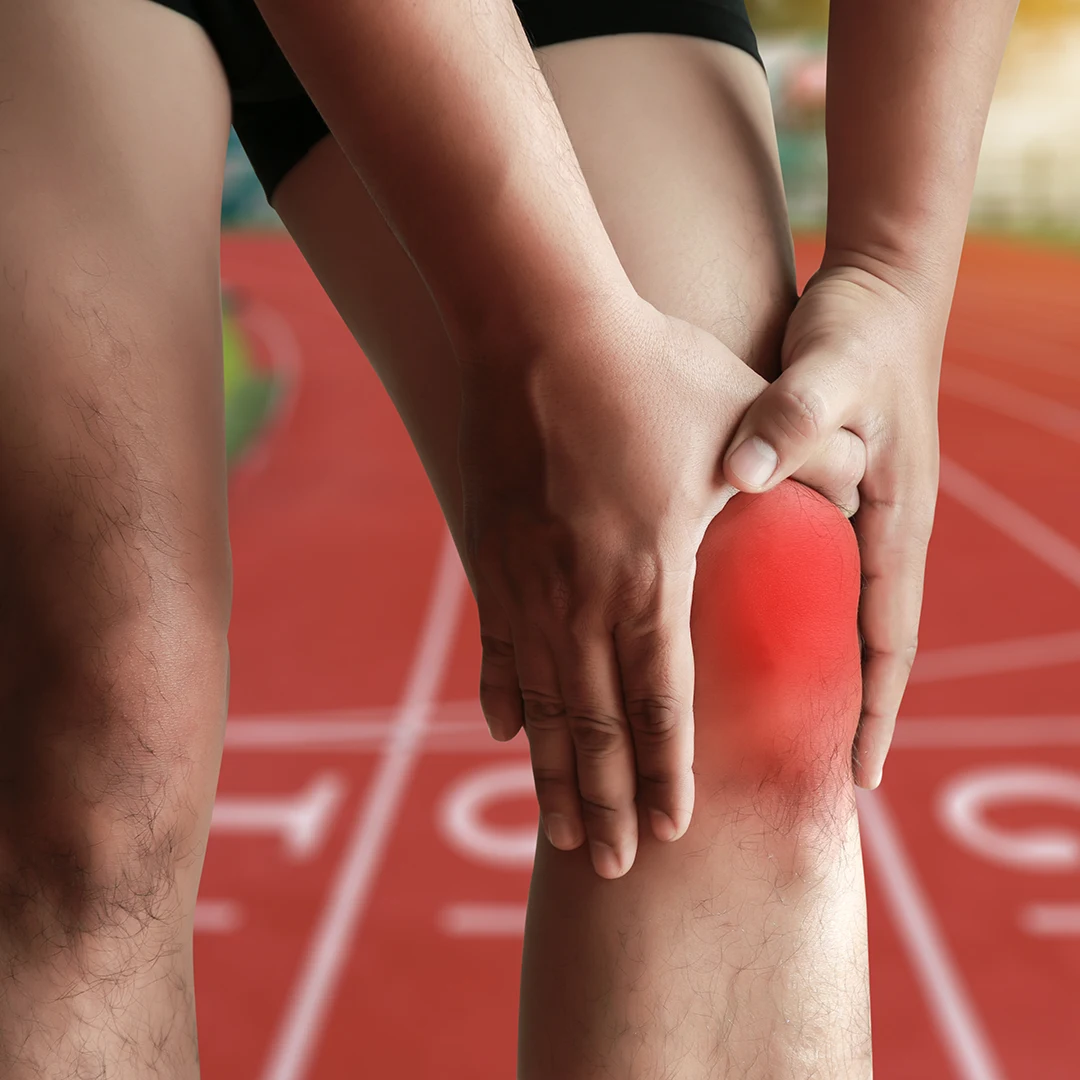— Ultrasound-guided joint injections
Intra-articular injections are medical procedures where a medication is administered directly into a joint to relieve pain or treat a specific condition. In the case of tendinopathies, which are injuries or conditions affecting the tendons, injections can be targeted to the affected area to reduce inflammation and improve function. For safety and increased effectiveness, these injections are performed under ultrasound guidance.
Platelet-rich plasma
Platelet-rich plasma (PRP) infiltration is a medical procedure that involves drawing a small amount of the patient’s blood, which is then processed to concentrate the platelets before being reintroduced into the body, typically via injection. Platelets are blood cells that play a crucial role in blood clotting and wound healing. The benefits of PRP can vary depending on the specific application, but here are some of the most common potential benefits:
-
- Stimulation of Healing: One of the primary benefits of PRP is its ability to stimulate and accelerate the healing process. This makes it valuable in treating muscle, tendon, and joint injuries, as well as in recovery after orthopedic surgeries.
- Reduction of Inflammation: PRP contains growth factors and anti-inflammatory proteins that can help reduce inflammation in the treated area. This may be beneficial for individuals with chronic inflammatory conditions.
- Minimization of Scars: After certain surgeries or injuries, PRP can help minimize scar formation and promote faster and more aesthetically pleasing healing.
- Safe Procedure: PRP is derived from the patient’s own blood, significantly reducing the risk of allergic reactions or blood incompatibility. This makes it a safer procedure compared to some other treatments.
- Minimal Downtime: In most cases, the downtime after PRP treatment is minimal, allowing patients to quickly return to their normal activities.
Platelet-rich plasma
Platelet-rich plasma (PRP) infiltration is a medical procedure that involves drawing a small amount of the patient’s blood, which is then processed to concentrate the platelets before being reintroduced into the body, typically via injection. Platelets are blood cells that play a crucial role in blood clotting and wound healing. The benefits of PRP can vary depending on the specific application, but here are some of the most common potential benefits:
-
- Stimulation of Healing: One of the primary benefits of PRP is its ability to stimulate and accelerate the healing process. This makes it valuable in treating muscle, tendon, and joint injuries, as well as in recovery after orthopedic surgeries.
- Reduction of Inflammation: PRP contains growth factors and anti-inflammatory proteins that can help reduce inflammation in the treated area. This may be beneficial for individuals with chronic inflammatory conditions.
- Minimization of Scars: After certain surgeries or injuries, PRP can help minimize scar formation and promote faster and more aesthetically pleasing healing.
- Safe Procedure: PRP is derived from the patient’s own blood, significantly reducing the risk of allergic reactions or blood incompatibility. This makes it a safer procedure compared to some other treatments.
- Minimal Downtime: In most cases, the downtime after PRP treatment is minimal, allowing patients to quickly return to their normal activities.
Corticosteroids
Corticosteroid injections in sports medicine are used to treat inflammatory muscle and joint conditions. These procedures involve the direct injection of corticosteroids, which are potent anti-inflammatory agents, into the affected area. This type of treatment can be used to address injuries such as tendinitis, bursitis, plantar fasciitis, and some forms of arthritis. Corticosteroids work by reducing localized inflammation and alleviating associated pain.


